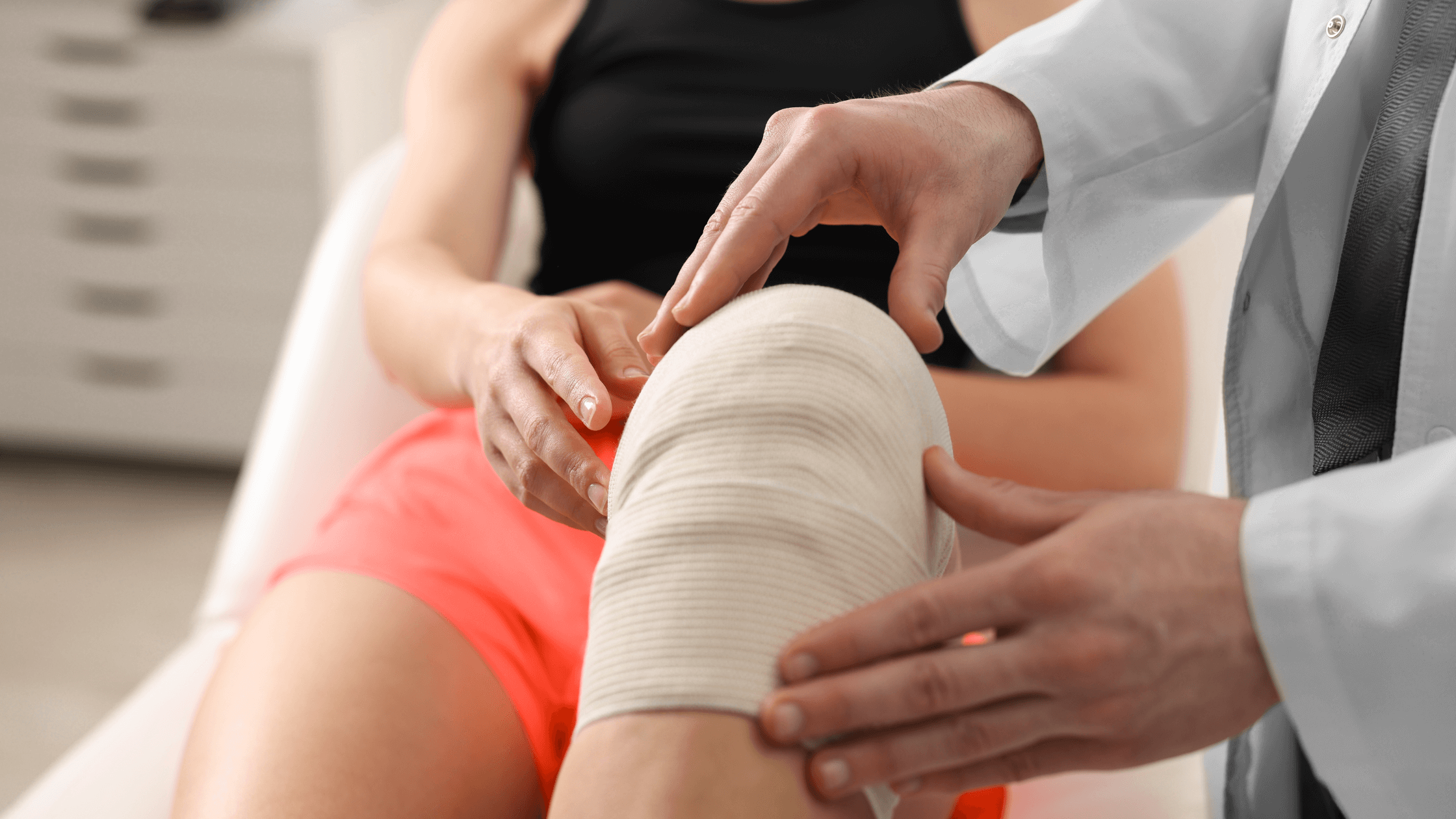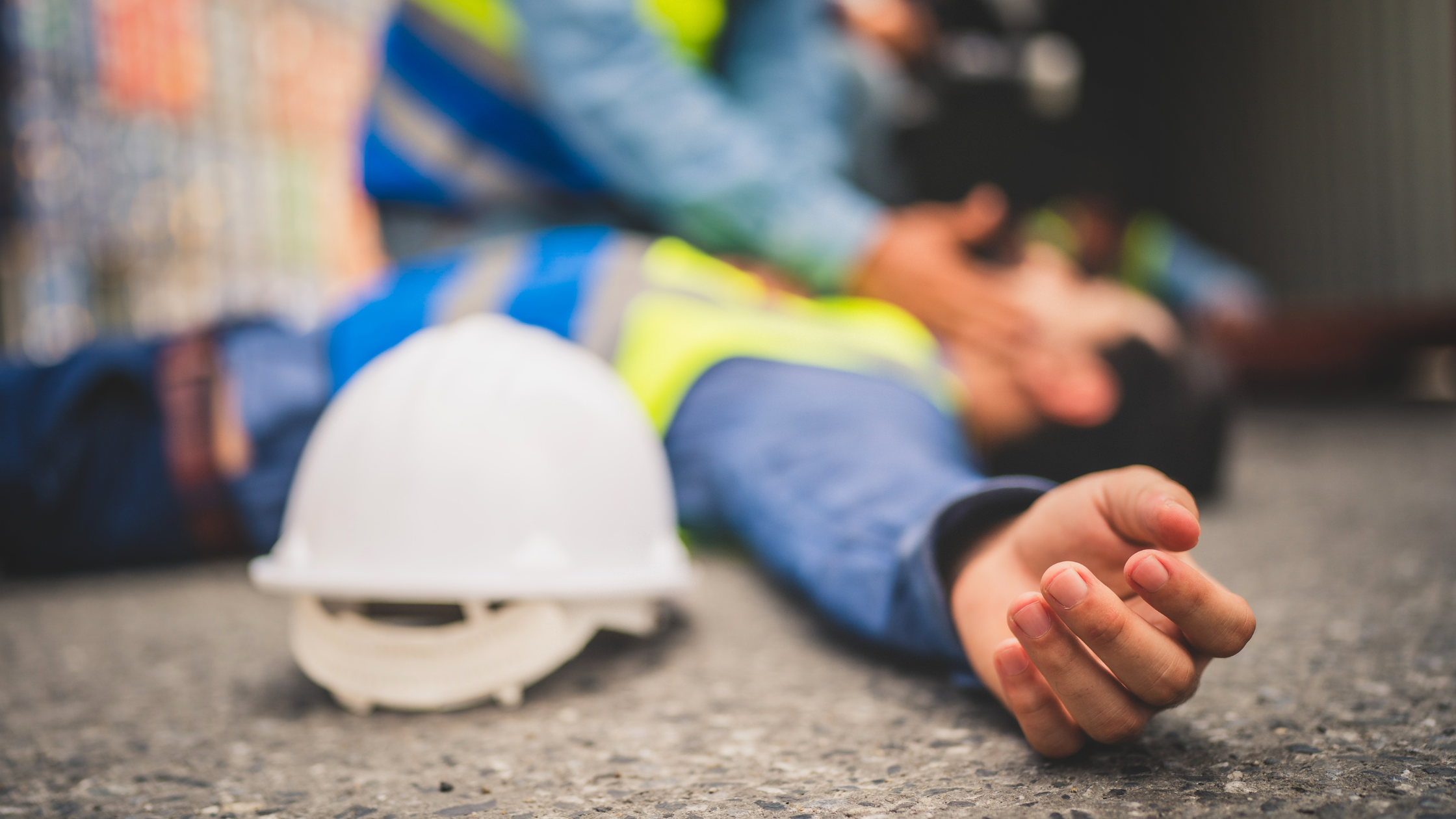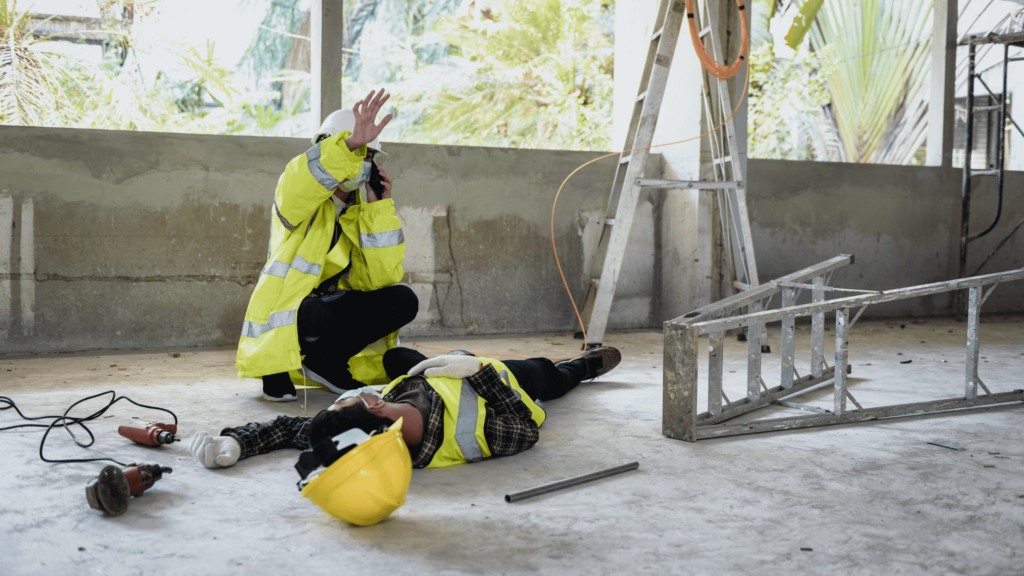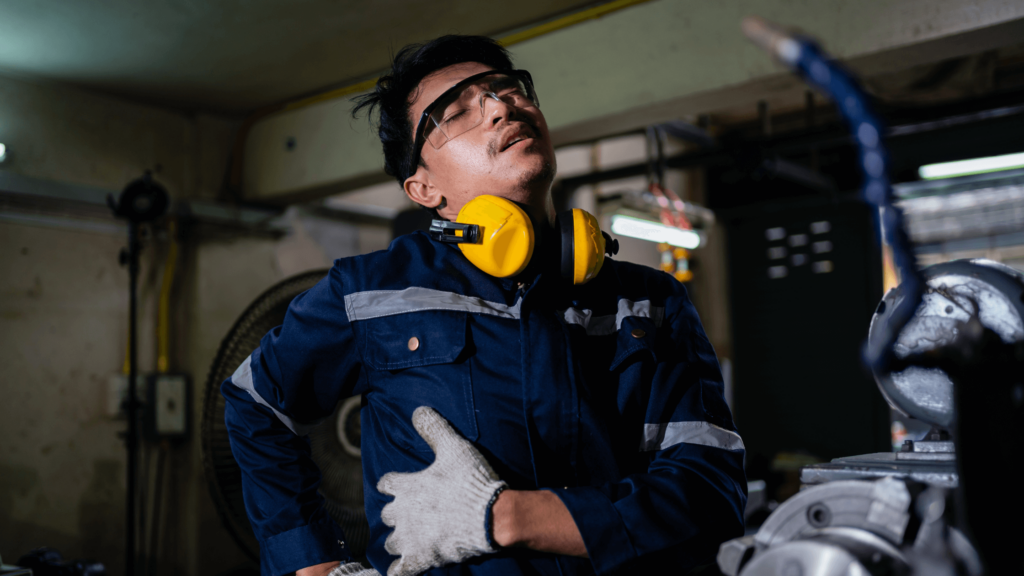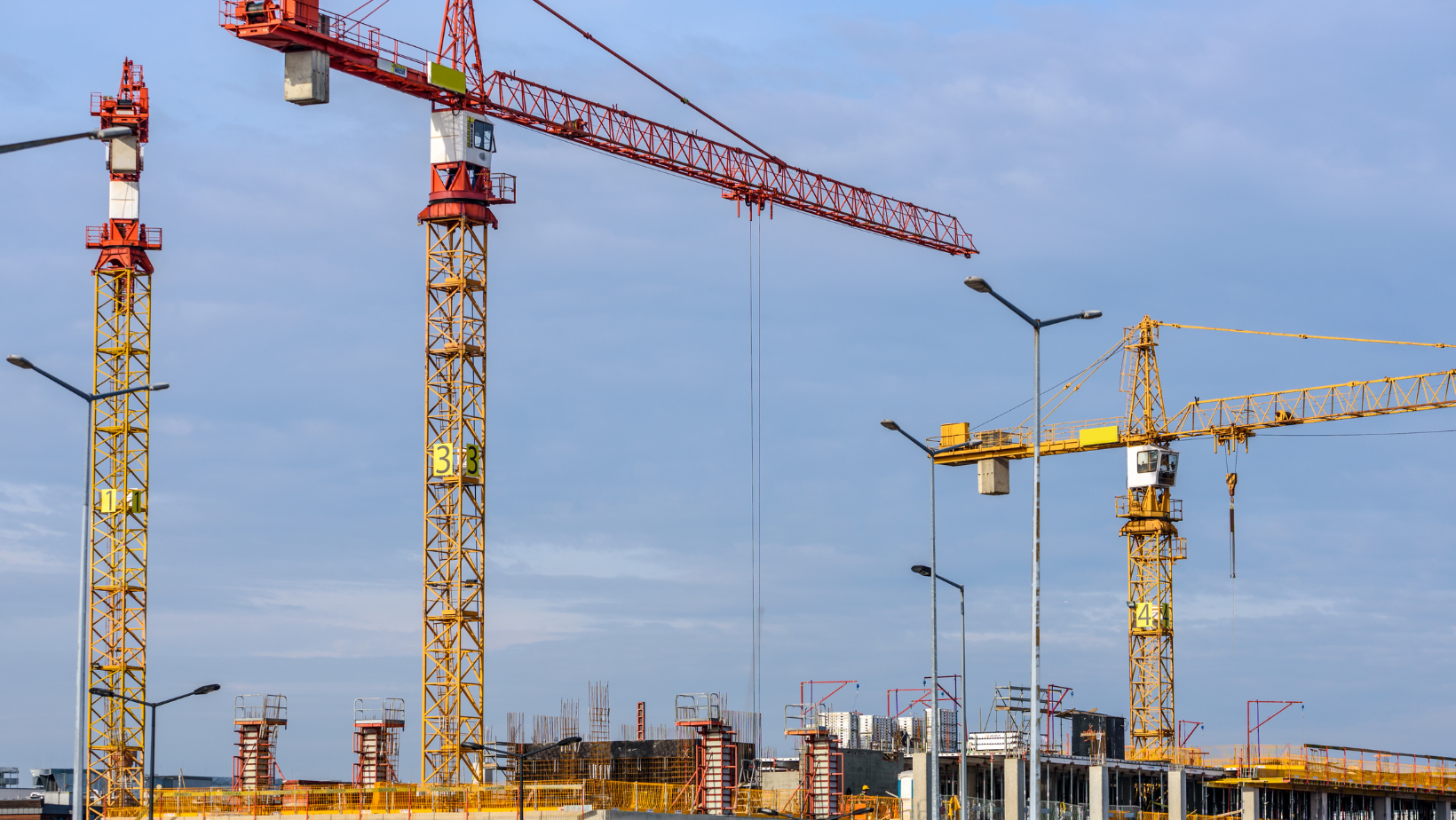Physically demanding jobs, like those in construction and the skilled trades, put a lot of stress on the knees, especially for women. Whether walking the work site to double-check blueprints or working in one of the skilled trades, your knees can take a beating. Due to hormonal differences, thinner knee tissue, lower muscle mass, and a greater range of motion, women are more likely to experience knee injuries than men. Protect your knees from tears and injuries by developing core strength, strengthening hamstring muscles, being deliberate in your movements, and maintaining a healthy weight.
Quick look
- Women are more likely to experience knee injuries than men due to lower muscle mass, looser joints, hormonal fluctuations, and a wider range of motion.
- Construction trades have higher rates of knee injury than other occupations.
- There are several types of knee injuries, including ACL and meniscus tears, fractures, and dislocations.
- You can protect yourself from knee injuries by developing your core, strengthening hamstring muscles, being deliberate in your movements, and maintaining a healthy weight.
The facts on knee injuries
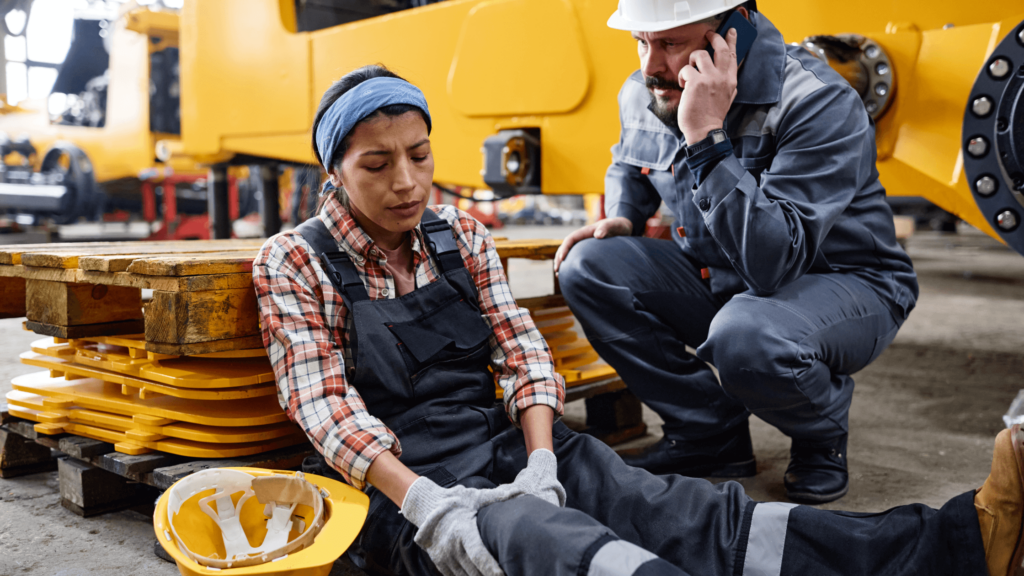
Knee injuries are more common in women than men—in the case of torn anterior cruciate ligaments (ACLs), women are between two and eight times more likely to be injured. The cause of this disparity isn’t entirely clear, but many think it comes down to crucial anatomical differences. Women generally have less muscle mass around the knee, leading to instability and increasing the likelihood of ligament tears. Women’s joints are looser and have more range of motion—a perfect recipe for knee injuries.
Due to additional occupational risks, women in trades may experience an even higher likelihood of knee problems. A meta-analysis of 71 studies found increased odds of knee osteoarthritis in several occupations, including building trades and construction workers. As a result, women in construction are at high risk of knee injuries.
Types of knee injuries
There are several knee injuries, including ACL tears, fractures, discolations, and meniscus tears.
- ACL injuries involve tears or sprains to the anterior cruciate ligament, which is the tissue that runs between your shinbone and thigh bone. ACL injuries often occur during sharp twists or impacts. Symptoms of an ACL injury are distinctive, typically involving a popping sensation followed by swelling, instability, and pain. ACL injuries can be graded from Type I to Type III. Type I tears are mild, where the ligament is stretched but still stable. Type II tears result in a partial tear and loose ligament. Type III ACL tears are the most common, involving a complete ligament tear and knee instability.
- Knee fractures cause injury to the patella bones of the knee, which can cause bruising and swelling and prevent you from being able to straighten your knee.
- Dislocations occur when the knee joint isn’t broken but popped out of place by a blow to the knee or an abrupt change in direction. The knee will be swollen, bruised, and painful.
- A torn meniscus is a tearing of the menisci—fibrocartilage strips in the knee. These injuries often happen after sharp pivoting or twisting movements, resulting in pain, stiffness, and swelling.
Why are women at a higher risk?
Hormones like estradiol, progesterone, and relaxin fluctuate during the menstrual cycle, causing the anterior cruciate ligaments to relax and increasing the risk of ACL tears. One study showed that these hormones impact knee injuries so much that oral contraceptives can reduce the likelihood of ACL tears by up to 20%.
Women also typically have wider hips than men, which shifts the center of gravity, causes knees to slant inwards, and affects the knee joint, increasing the risk of injury. Women’s thinner knee tissue also increases injury risk. Thinner tissue requires less force to tear, meaning women are more likely to experience complete ACL tears even when they experience the same movements or trauma as men.
Women’s movement patterns differ from men’s, too. Women tend to engage their quads rather than hamstrings when pivoting or jumping and have less core strength, making knees less stable and increasing reliance on the knees to absorb force.
These factors, combined with the physical demands of construction work, make knee injuries a significant concern for women in the field.
4 tips to protect your knees and avoid injury

1. Develop core strength
Core strength increases stability throughout the whole body. By strengthening your abdominal muscles, you can prevent the types of movements likely to cause knee injuries. Building a strong core can also improve balance and reduce knee strain during physical tasks. Add exercises like planks, bird dogs, and bridges to your workout routine to build core strength and support your lower body.
2. Strengthen your hamstrings
Strong hamstrings are crucial for knee stability, especially in jobs that involve climbing, lifting, squatting, and kneeling. Exercises like hamstring curls, deadlifts, and glute bridges can strengthen hamstrings and help protect knees.
3. Refine movement patterns
Most knee injuries happen after sharp twists, heavy impacts, or jarring slips or falls. Pay attention to how you move throughout the day, especially at work. Avoid twisting or pivoting on one leg and practice proper techniques for lifting and bending. Controlled, aligned movements can significantly reduce stress on your knees and release the risk of injury.
4. Maintain a healthy weight
Being even 10 pounds overweight can increase the force on the knee by 30-60 pounds. This added impact adds up, especially when walking around a job site or spending the day on your feet. Carrying excess weight places added pressure on your knees, increasing the risk of injury. Focus on balanced nutrition and regular physical activity to maintain a weight that supports joint health.
Bottom line
Knee injuries pose a significant concern for women in construction. The first step in injury prevention is understanding these vulnerabilities, from the added risks associated with a lower center of gravity and different movement patterns to the importance of core and hamstring strength. By developing core strength, refining movement patterns, strengthening the hamstrings, and maintaining a healthy weight, women can reduce the strain on their knees and lower the risk of injury.
Sign up for our newsletter and follow us on social media to learn about the latest health news, gear reviews, and construction updates.
